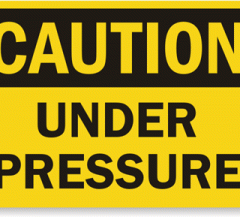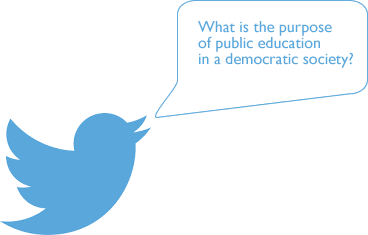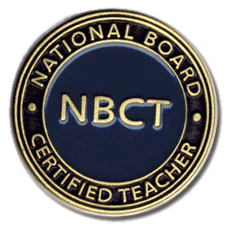There is a lot of stress in schools today. Principals are stressed trying to do everything they used to do and then do TPEP on top of that. Teachers are stressed trying to cover an increasing volume of material and make sure that all of the assessments they are giving are pointing them towards all of their students meeting all of their standards. And the kids… they’re in a pressure cooker that we created for them. The stress can be palpable when you walk into a classroom.
I’m a 4th grade teacher, so this has me concerned. What do we hope that our students walk away from 4th grade thinking and knowing? How do we think about the experience of being nine and ten in an elementary classroom? When I see my students out in the world of grown-ups they seem so little. Even years later when I see them around town I am confronted with the fact that these are really young children. It’s strange, but in the little bubble of school they seem older. It’s all business, and they’re almost in 5th grade for goodness sake – and then it’s off to middle school! Better be prepared because it’s now or never: got to get a job or go to college after all.
Or not. Maybe it doesn’t have to be so intense. Maybe if we don’t hit the ground running on Monday at 60 miles per hour we can still make it where we want to go. Maybe there is still time to be a kid.
Last week I realized that I needed to slow down. I have relationships to take care of with my students that make my teaching more or less effective. Those relationships have been strained by the pressures in our system. At the end of last week we met as a school and I heard the principal and the teachers talking about stress around the building. It wasn’t just me. We looked at behavior referrals, which spiked on Mondays and Fridays and we started to think about ways we could make more successful transitions into our work week and then back out of it.
This week I began the day on Monday with special interest projects. We relaxed into the classroom. Kids had choice and they were excited about both the power to choose and the activity itself. We spent about 30 minutes at play. There was no standard being targeted. We were just warming up, just out for a Sunday drive.
Later in the morning, the principal came in during a math lesson. He was struck by the fact that every single student maintained a sustained engagement during the time he was in the classroom. It felt different to me too. I’m going to put the brakes on every once in a while. I’d like us all to enjoy the ride.










